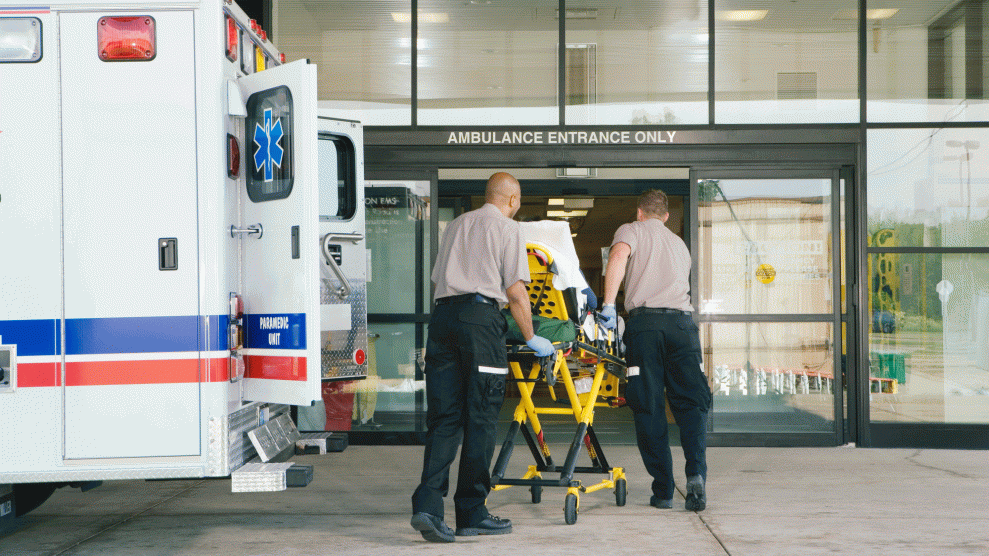
georgeclerk/iStock
When Dr. Erin Krebs was in medical school in the ’90s, she was taught to avoid prescribing opioids long-term because the drugs were addictive. But as a young doctor in the 2000s, things changed: Seminars and continuing education taught her that opioids were in fact usually not addictive—and should be the default when it comes to any type of pain, from sprained ankles to arthritis.
Something about the new message—which we now know to be the result of millions of dollars of pharmaceutical marketing and lobbying—struck Krebs as off. When she looked for data on the efficacy of opioids, she was troubled to find that there were no longitudinal studies on the effects of taking opioid painkillers long term. Most studies took place over a few weeks; many simply compared the efficacy of taking opioids to taking no painkiller at all. So, in 2010, Krebs wrote a proposal to do the research herself.
Krebs’ study, published in the Journal of the American Medical Association on Tuesday, finds opioids are no better than non-opioid medications when it comes to treating patients with some of the most common types of chronic pain. It is the first longitudinal study to examine the efficacy of opioids for chronic pain. Krebs and her team divided 240 Veterans Affairs patients with lower back pain, or with hip or knee pain from osteoarthritis, into two groups. For a year, one group was treated with a personalized regimen of nonopioid medications, like acetaminophen (Tylenol), ibuprofen, gabapentin, or naproxen. The other was treated with opioids, including morphine, oxycodone, and hydrocodone.
A year in, nonopioid patients reported slightly less pain than the patients on opioids, and the two groups functioned equally well when it came to how much the pain interfered with activities like sleeping, working, or walking. “We didn’t have any measure on which opioids beat nonopioids,” said Krebs, now an associate professor at the University of Minnesota medical school.
Of course, over the course of Kreb’s work, opioid addiction and overdose have spiraled into a national epidemic, killing an average of 115 Americans each day and sending many more to the emergency rooms for nonfatal overdoses. The crisis, rooted in years of pharmaceutical marketing and liberal prescribing, has evolved as many on painkillers transitioned to illicit drugs like heroin and fentanyl.
Attitudes towards prescribing opioids are slowly changing. In 2016, the Centers for Disease Control and Prevention released guidelines urging doctors to use nonopioid medications instead of opioids for chronic pain, given that, “No evidence shows a long-term benefit of opioids in pain.” Opioid prescription rates are down slightly, though, as of 2015, they were still three times what they were in 1999. “We’ve seen what has happened in this country over the last decade or two since we started prescribing [opioids] more frequently,” said Krebs. “I think people really expect some benefit for that extra risk, and we just didn’t see it.”













